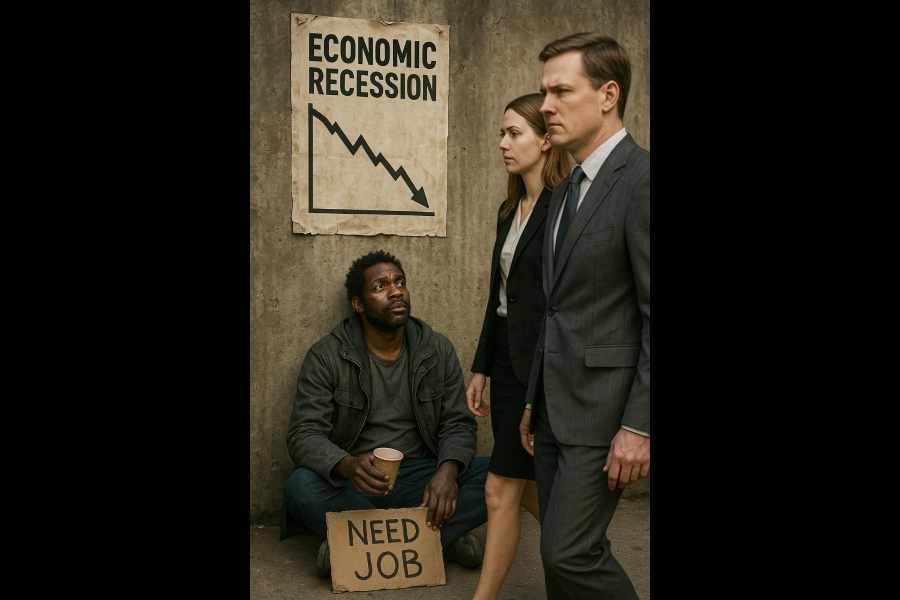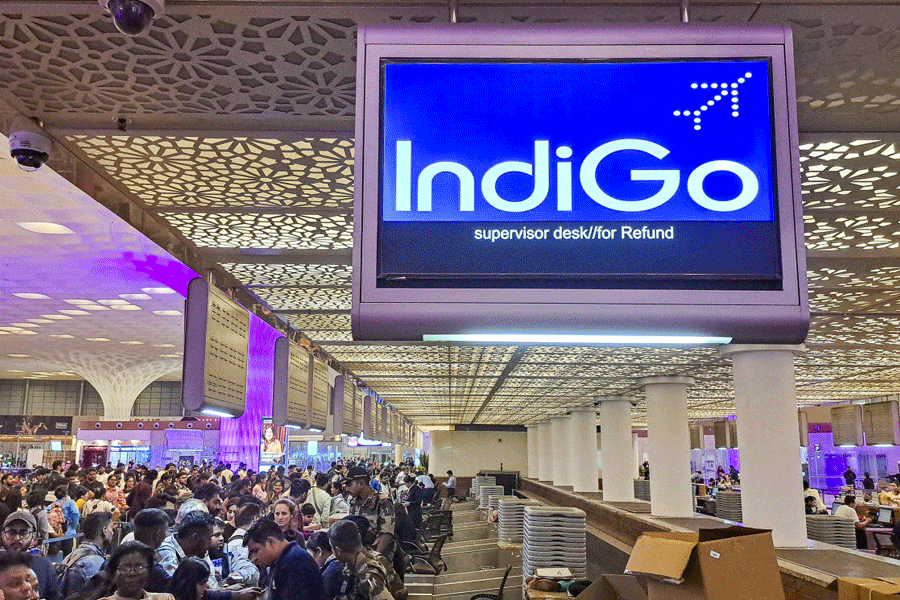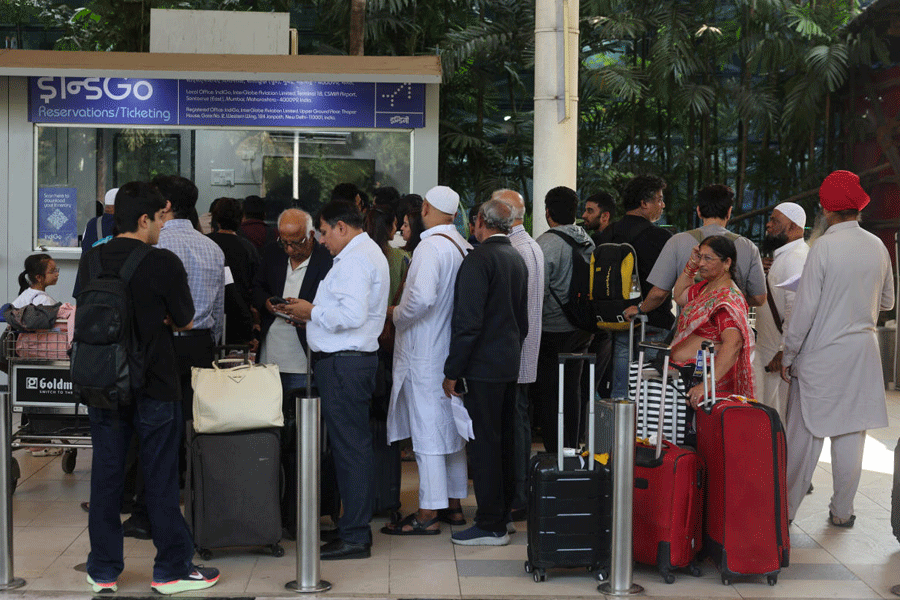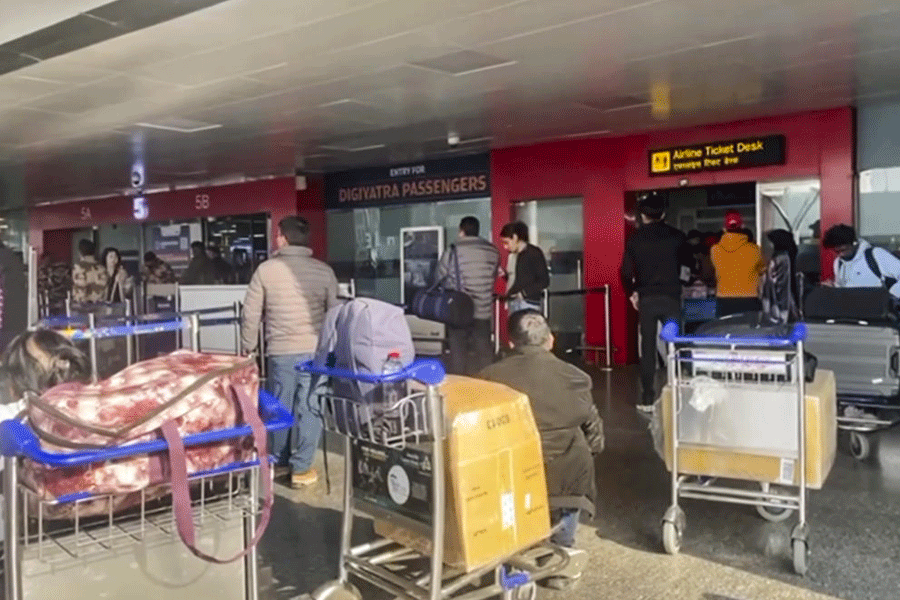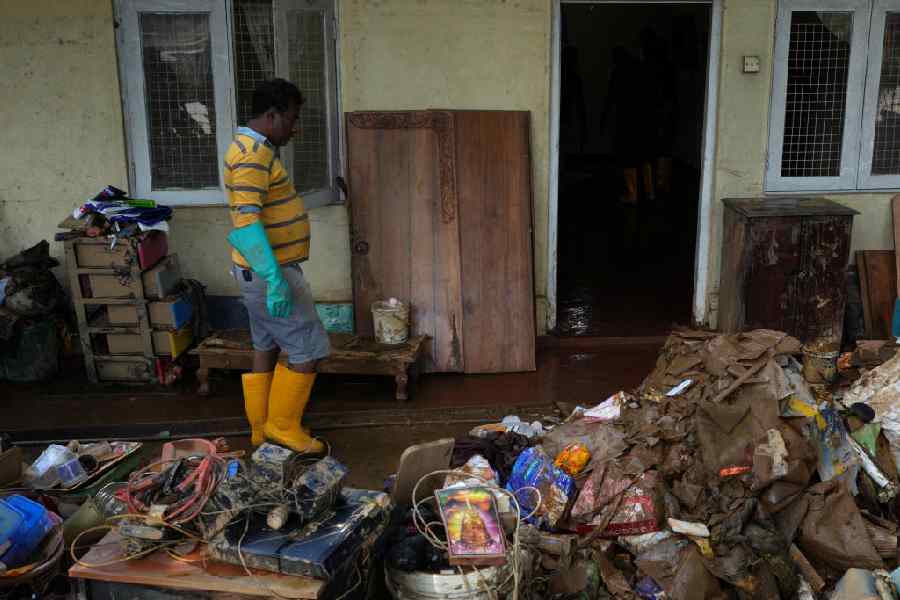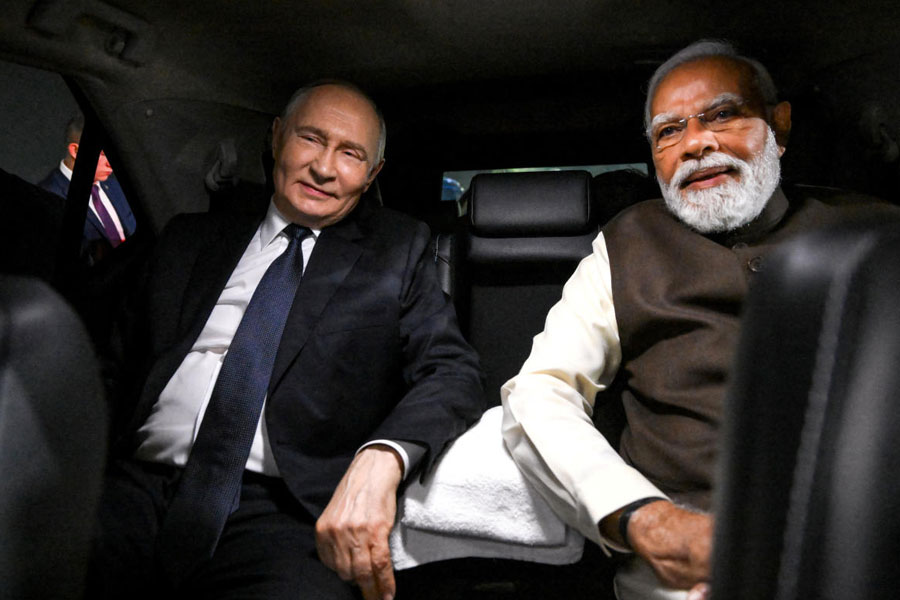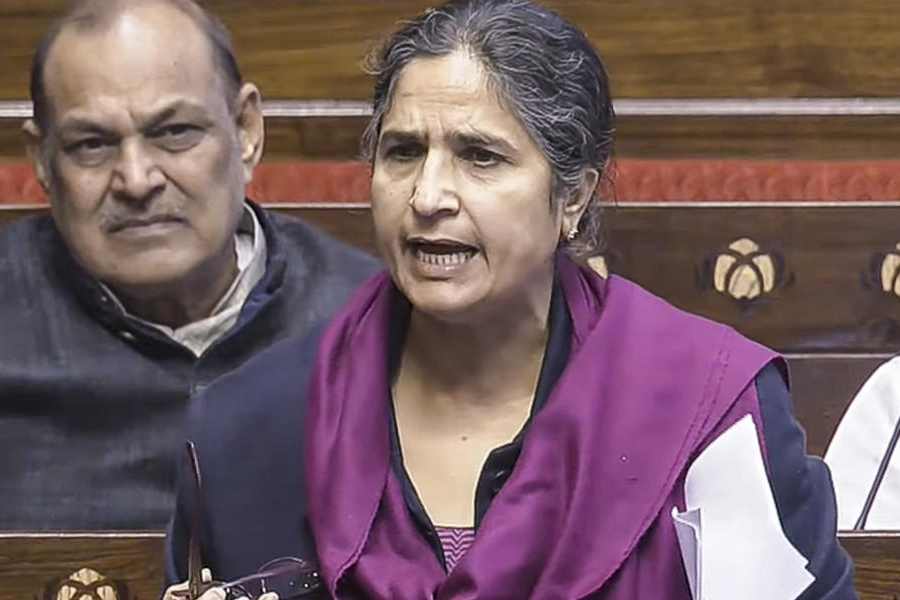Economic crises can accentuate racial discrimination. For instance, during the global recession of 2007-08, job losses were higher among Coloured people compared to their White counterparts and the former were more prone to losing wealth. Additionally, social stigmas, which hampered the development of Black people, were instrumental in widening the wealth gap between Black and White communities. According to a McKinsey report, these wealth gaps not only limit the economic power and development of Blacks but persistent wealth gaps can actually have intergenerational fallouts for the Black community. The International Monetary Fund estimated that the US economy can suffer losses of $1-$1.5 trillion between 2019-2028 because of such wealth gaps.
Lisa Wong, the Senior Declaration Officer in the International Labour Organisation’s Programme on Promoting the Declaration on Fundamental Principles and Rights at Work, says that racial discrimination in work has been on the rise, spurred by the global economic downturn. States whose main economic thrust centres on manufacturing and real estate have witnessed racial violence and discrimination. Significantly, these inequalities persist even after accounting for factors such as education and skills. Valerie Wilson of the Economic Policy Institute revealed that in 2019, the ratio of hourly wage rate between Blacks and Whites with advanced degrees was 82.4% and those with bachelor’s degrees was 77.5%, respectively.
There have been worldwide protests against the atrocities faced by racial minorities. But even with these protests and many economic assessments aimed at reducing the racial inequality dynamics, there has not been much progress. The Urban Institute revealed, for instance, that the foreclosure and the loss of value homes had a larger financial implication for Black and Hispanic homeowners during the great recession than for the White population. Research has also noted that while the median household wealth decreased by 16% for White Americans during the 2007-2008 recession, the figure was 53% for African-Americans.
Recent research proffers a new explanation for the correlation between race and economic crisis. Amy R. Krosch and David M. Amodio found that a condition of scarcity may lead to the development of distrust and antipathy and eventually promote unequal resource distribution. Their study thus suggests that during economic downturns, the notion of scarcity of resources can incite people to favour Whites over Blacks, thereby widening discrimination based on colour.
According to Phillip Atiba Solomon, an American psychologist, racism can’t be fixed by trying to change the “defective hearts and minds” or “combat ignorance”; it requires a measurement of such behaviour. This makes sense from an economic point of view because behaviour patterns can be changed and measured. Organisations should try to find what triggers racial discrimination in times of crisis, analyse the relevant data, and create models for the causations and the consequences of economic behaviour.
Economic policies have mainly focused on developing human capital but there is evidence to suggest that this has not been enough to tackle racial discrimination. Concepts such as ‘Stratification Economics’, which, according to the Economic Policy Institute, studies how group identity is used to secure resources and maintain social hierarchy, can be used to derive better results in this context.
Manu Prathap is a research assistant at IIM Tiruchirappalli

